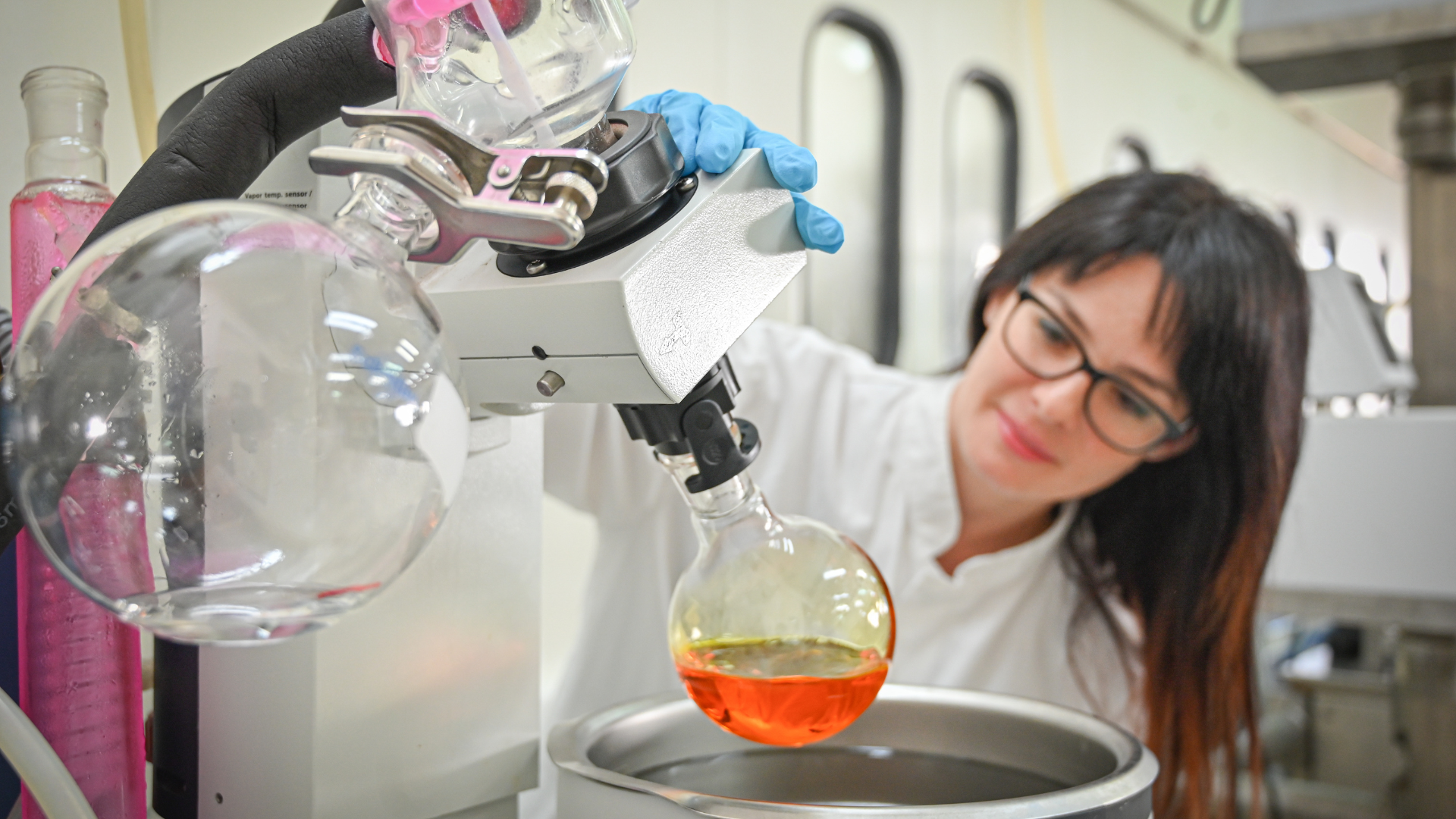The cosmetics sector has seen significant growth since 2021 and is consolidating its position as the driving force behind economic recovery, according to information from Stanpa (National Association of Perfumery and Cosmetics). Forecasts for the coming years, according to different market studies, show annual growth rates of over 5%.
Our attendance at important events for the sector, such as the In-Cosmetics 2023 fair, has verified that one of the trends in cosmetic ingredients is sustainability, being a priority and identified by Mintel as a necessary aspect that cosmetic products must have. It is not surprising, therefore, that a large part of cosmetic innovation is aligned with this trend.
Sustainability is achieved throughout the entire life cycle of each ingredient, including the raw materials used, the production processes, the impact of transport and the waste generated.
In this sense, cosmetic innovation is evident in different areas:
-
Obtaining technological or active ingredients from by-products, mainly from the food industry (UPCYCLING), seeking to make the most of all the material for different uses and avoiding the generation of waste. Some examples are oil from fruit pits such as apricot, extracts or emollient ingredients obtained from by-products of cocoa processing, nuts, coffee or the brewing industry, among others.
Development of clean processes for obtaining cosmetic ingredients. Substitution of extractive processes with conventional solvents by clean extractions such as extraction with supercritical CO2 or extraction with pressurised water. Some examples of extracts obtained in this way are rosehip oil, chamomile oil, ginger oil, cardamom oil, rice bran oil, etc. Used, depending on the case, as thickening ingredients, emollients, waxes, fragrances, or bioactive ingredients (antioxidants, photoprotectors, antibacterials, etc.).
Development of ingredients through biotechnology. There are ingredients obtained from plant cells, peptides of different types, fermented ingredients, and ingredients obtained from isolated or recombinant bacteria.
The use of plant cell lines in cosmetics not only stands out for their antioxidant and regenerative properties, but also for their ability to synthesise specific molecules for the cosmetics industry. These plant cells can also be genetically modified to produce beneficial compounds, such as plant collagen or hyaluronic acid, which are essential for maintaining skin elasticity and firmness. In addition, advanced technology allows the production of recombinant proteins from these cells, opening up new opportunities to develop personalised, high-quality cosmetic products that respond to individual skin care needs. This combination of natural and technological properties is revolutionising the way we think about beauty and skin care.
- Use of plant materials as the main source for obtaining cosmetic ingredients (natural extracts).
- The development of new ingredients from algae and microalgae, rich for example in amino acids, polysaccharides, carotenoids or vitamins, continues.
In this line of sustainability, we have also identified the implementation of previous initiatives and the appearance of new initiatives linked to the promotion of developing areas rich in vegetable raw materials, by extending their role in the product value chain, sometimes by carrying out transformation processes close to the place of cultivation, or in other cases, by means of agreements that promote their development.
As a result of the above, consumers require that manufacturing processes are audited, and that sustainability is validated on product labels by means of certificates that allow the product's impact to be identified. Therefore, companies that formulate final products ingredients with certifications such as ECO or COSMOS.
For this, the processes applied must be listed in their guidelines. In the case of extractions, COSMOS STANDARD indicates that for certification as an "organic" product, natural materials must be used with any form of water or with a third-party solvent of plant origin, such as ethanol, glycerin, vegetable oils, honey and supercritical CO2 (Fonseca-Santos et al, 2015; COSMOS Standard, 2011). Therefore, among the technologies suitable for the production of cosmetics and appropriate for certified products is supercritical fluid technology (SCF) and especially carbon dioxide (CO2) extraction.
Another innovative trend identified in the sector is the concern for well-being, which focuses on products having a sensory impact that influences the user's mood. Fragrances have long been linked to emotions, giving products claims linked to vitality, nature or relaxation. Examples of ingredients used are lavender, rosemary, mandarin and spice oils. This well-being is also linked to protection or care against skin stress, with vitamin B3 (niacinamide), vitamin E or retinol being examples of ingredients that have been highly consulted by consumers over the last year (source: Google's most popular searches report; Statista.com) and in demand.

